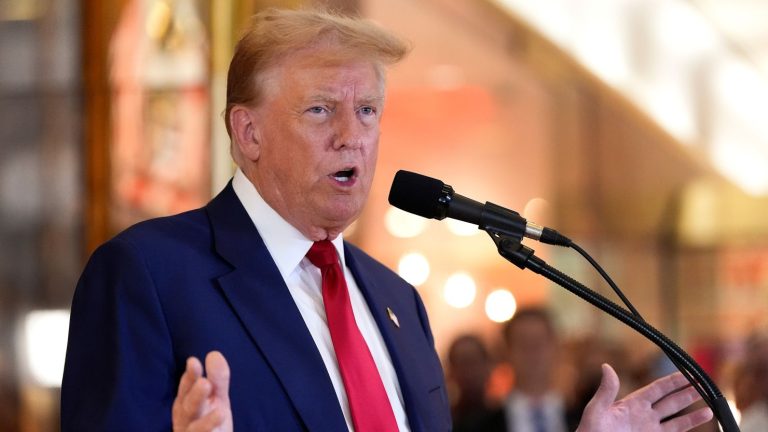U.S. and China Agree to 90-Day Tariff Truce Amid Hopes for Trade Reset
The United States and China have reached a temporary agreement to ease their escalating trade war, committing to a 90-day reduction in reciprocal tariffs as both sides work toward resolving economic tensions that have rattled global markets and raised recession fears.
Speaking after high-level talks with Chinese officials in Geneva, U.S. Treasury Secretary Scott Bessent confirmed the two countries had agreed to lower tariffs by over 100 percentage points to a baseline rate of 10 percent. “Both countries represented their national interest very well,” Bessent said on Monday. “We both have an interest in balanced trade, and the U.S. will continue moving toward that.”
The financial markets responded positively, with the dollar strengthening and stock futures rising on optimism that the temporary easing of tariffs could prevent a global economic downturn. The recent tensions were triggered last month by U.S. President Donald Trump’s renewed push to narrow the trade deficit through aggressive tariff hikes.
Bessent was joined by U.S. Trade Representative Jamieson Greer in Geneva, where both delegations emphasized a mutual desire to avoid further economic decoupling. “What had occurred with these very high tariffs was the equivalent of an embargo,” Bessent said. “And neither side wants that. We do want trade.”
This marked the first in-person dialogue between senior economic officials since President Trump returned to office and launched a sweeping global tariff campaign, with China receiving the brunt of new measures. U.S. tariffs on Chinese imports have surged to 145 percent since January, including a mix of new duties from the Trump administration and those previously implemented under President Biden.
China retaliated by imposing export restrictions on key rare earth elements and raising tariffs on American goods to 125 percent, bringing nearly $600 billion in two-way trade to a standstill. The disruption has impacted global supply chains, raised the specter of stagflation, and caused some job losses.
Markets welcomed the de-escalation. “This is better than I expected. I thought tariffs would be cut to somewhere around 50 percent,” said Zhiwei Zhang, chief economist at Pinpoint Asset Management in Hong Kong. “This is very positive news for both economies and helps ease concerns over short-term damage to global supply chains.”
Following the Sunday talks, U.S. officials framed the outcome as a breakthrough on reducing the trade deficit, while Chinese counterparts described it as reaching an “important consensus” and announced plans to establish a new economic dialogue forum.
President Trump, even before the talks had concluded, described the negotiations as “a total reset… in a friendly, but constructive, manner.” While the tariff deal was the headline achievement, U.S. officials noted that parallel discussions on limiting fentanyl imports—part of Trump’s national emergency declaration—were also “very constructive.”
Chinese Vice Premier He Lifeng, speaking from the Swiss ambassador’s villa overlooking Lake Geneva, called the talks productive and said “substantial progress” had been made.


